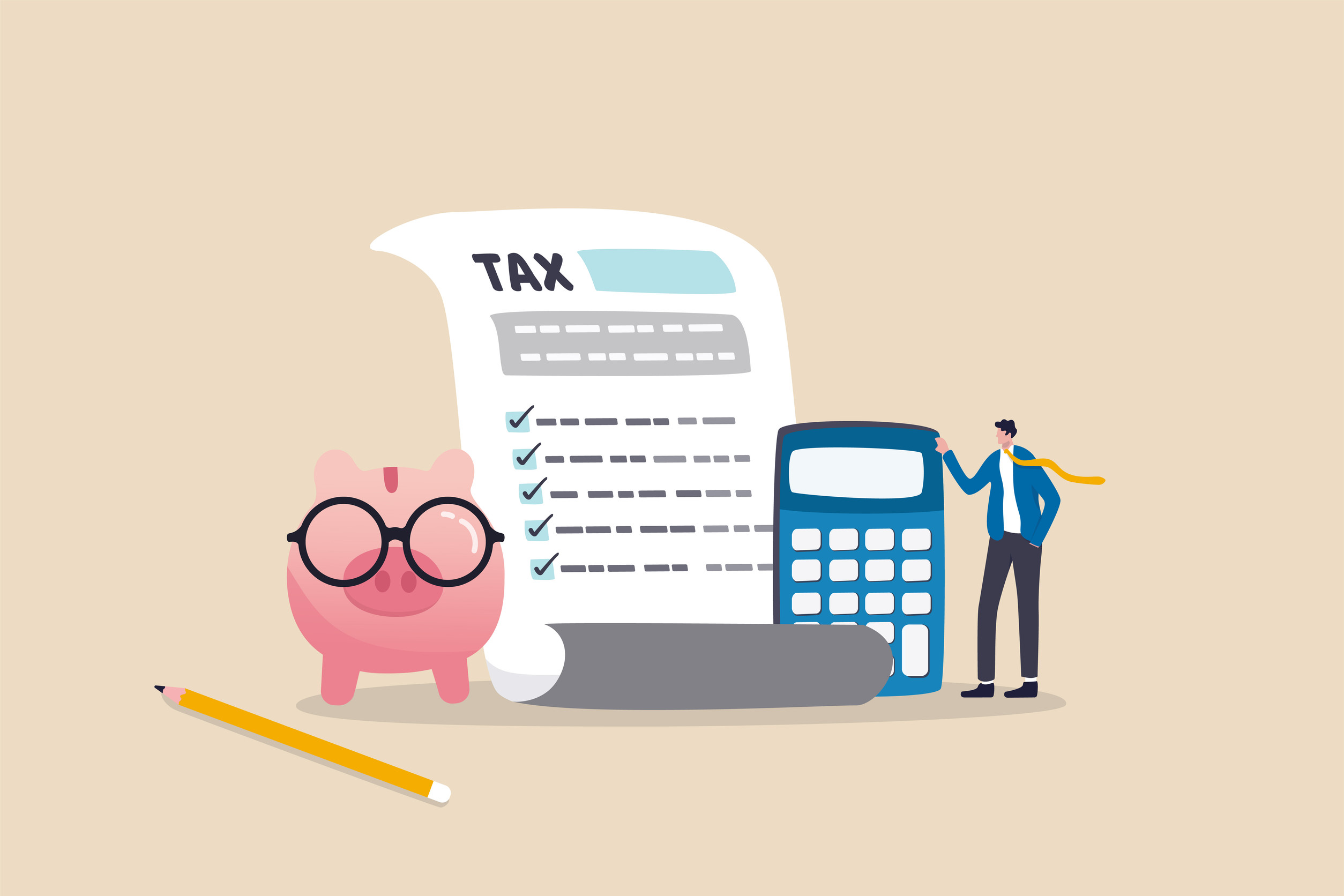Investing Is The Quiet Type
Debt and Investing have been living together in your wallet for years, and frankly, they don’t get along.
Debt is the flashy roommate — always wanting something now, always promising to make it up to you later. She’s persuasive, wears expensive shoes, and can talk you into “just one more” purchase without batting an eye.
Investing is the quiet one — patient, methodical, always looking toward the horizon. He spends evenings reading the market report and gets excited about things like “compound growth” and “cash flow.”
How you manage these two will define your financial future.
Not all debt is created equal.
Good debt is low, fixed-rate, and productive — meaning it’s tied to an asset or activity that can produce income or grow in value. Examples:
- A fixed-rate mortgage on a rental property.
- A business loan to expand a profitable operation.
- Financing your own education or specialized skill set.
Bad debt is consumer-based, high-interest, and short-term. Examples:
- Credit card balances you don’t pay off monthly.
- Personal loans for lifestyle upgrades.
- Variable-rate lines of credit with short maturities.
Debt is a tool — and like any tool, it can either build or destroy your future freedom. Used wisely, it accelerates wealth-building. Used poorly, it traps you in a cycle of stress and constraint.
There’s also a “peace of mind ROI” you can’t measure on a spreadsheet. The psychological freedom of knowing your debt is under control — or gone altogether — can be worth more than squeezing out an extra percent of return.
Side note, if you are trying to squeeze an extra point of return from your investments, you need to rethink your strategy. Here are some high level thoughts on how to create more margin and freedom in your dental retirement in an article I recently wrote for Dental Economics.
There’s also a “peace of mind ROI” you can’t measure on a spreadsheet. The psychological freedom of knowing your debt is under control — or gone altogether — can be worth more than squeezing out an extra percent of return.
Dr David Phelps
Stage of Life Matters
Where you are in your career and life stage is a huge factor in whether you should prioritize paying off debt or investing.
1. The Trailblazer (20s to late 30s) — Building the Base
In this stage, your greatest asset is time. You’re early in your net worth journey, building skills, experience, and discipline. Debt might include:
- Student loans
- Business loans
- A first home mortgage
Your priorities:
- Target the highest-interest and highest-payment debts first. Knock those out to free up monthly cash flow.
- Begin investing early — even with small amounts — to build the habit and start learning how markets and investments work.
- Keep liquidity. Paying off debt is great, but if it leaves you cash-poor, you can’t seize opportunities or handle emergencies.
- Use productive debt carefully. When I was in my 20s, I took on debt to buy real estate and invest in my practice. I avoided debt for cars or luxury items and made sure my investments generated enough income to cover the debt payments.
2. The Balancer (Mid-30s to Mid-50s) — Maximizing Output
In this stage, you’ve got a proven skill set or business model. Income potential is high, but so are demands — business growth, kids’ education, maybe a larger home.
Your priorities:
- Maximize income while avoiding lifestyle creep. Don’t let spending rise to match earnings.
- Balance debt reduction with investing. Keep productive, cash-flowing debt (fixed rate) that aligns with your investments, but look for opportunities to accelerate payoff on less-productive liabilities.
- Build reserves — three to six months of living expenses — to protect against market downturns or business disruptions.
- Watch for recency bias. Just because the past five years have been good doesn’t mean the next five will be. Market cycles matter.
3. The Legacy Weaver (Late 50s and Beyond) — Preserving and Transitioning
This is the stage where you’re transitioning out of your primary career and shifting to more passive income. Here, risk tolerance naturally drops.
Your priorities:
- Minimize personal liabilities. Ideally, be debt-free (or close to it) before you stop earning active income.
- Only use strategic leverage — long-term, fixed-rate debt tied to stable, cash-flowing assets.
- Maintain high liquidity for flexibility and security.
- Stress-test your portfolio. Could you ride out a downturn without selling assets?
In this phase, it’s less about maximizing returns and more about preserving capital, lifestyle, and peace of mind.
Market Awareness — Timing Matters
Regardless of life stage, market conditions play a big role in debt decisions. (More on that in this recent post exploring the role and uses of leverage).
- High interest rate, late-cycle environment: Be cautious with new debt. Avoid variable-rate loans that could spike if rates rise.
- Low interest rate environment: Consider refinancing long-term debt to lock in lower rates, but don’t overextend on new borrowing.
- Recessionary periods: Build liquidity. Increase reserves. Be ready to move when opportunities arise.
- Boom cycles: Remember “reversion to the mean.” When asset values are unusually high, some pullback is inevitable. Take chips off the table and fortify your financial defenses.
The Four-Part Decision Filter
Whenever you’re deciding whether to pay down debt or invest, filter the decision through these four lenses:
- Type of Debt
Productive vs. consumption. Productive debt that’s fixed-rate and cash-flowing can be worth keeping. Consumption debt should be minimized. - Rate Differential
Compare the interest cost on the debt to the expected return on the investment. If you can borrow at 5% and reliably earn 8%, that’s a positive spread. But “reliably” is the keyword. - Liquidity
Avoid paying down debt so aggressively that you leave yourself without cash for emergencies or opportunities. - Psychological Profile
Can you sleep at night? For couples, this is especially important — one partner’s risk tolerance might be very different from the other’s. Build a plan that protects the more conservative partner’s comfort level while still allowing for growth.
Why the Answer is Personal
I’ve worked with clients who sleep best when they have zero debt, even if it means passing on some investment opportunities. I’ve also worked with clients who are comfortable carrying certain kinds of debt indefinitely, as long as it’s producing income and is well-secured.
Neither is wrong — as long as it aligns with your values, your life stage, and your financial reality. The danger comes from blindly following a “rule” without considering your unique situation.
The Bottom Line
Debt can be a powerful tool — or a dangerous liability. The difference lies in how you use it, when you use it, and why you use it.
The goal isn’t to eliminate debt at all costs, nor is it to keep borrowing as long as the numbers “work.” The goal is balance — a dynamic balance that shifts as your life, your business, and the market evolve.
So the next time you’re faced with the question, “Should I pay off debt or invest?” — remember: the real answer is both. You need to be building your assets while also ensuring that debt never becomes your master.
Manage the leverage, protect your peace of mind, and build a life that works at every stage — not just the last one.




